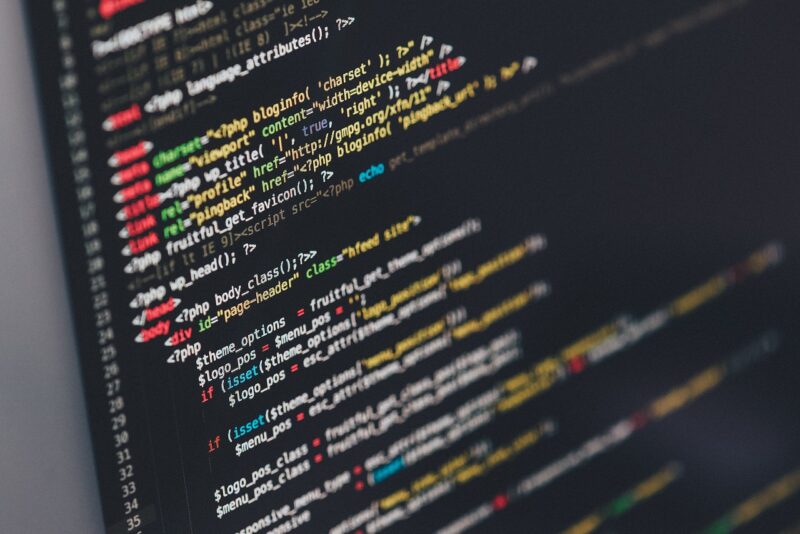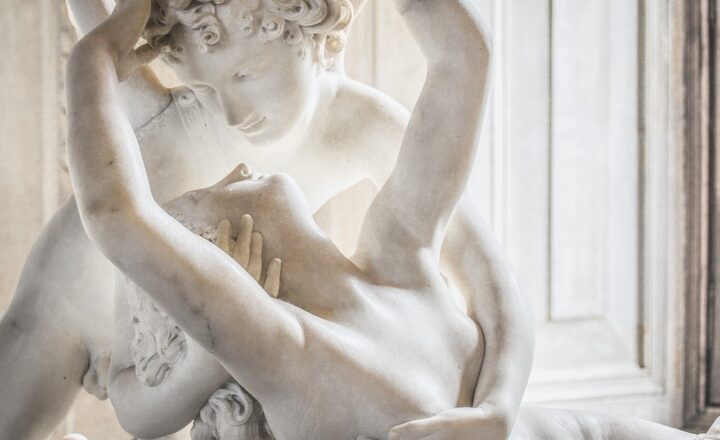Why Some Believe the World’s Most Famous Paintings Contain Hidden Codes
November 12, 2024

Throughout history, art has served as a medium for expression, storytelling, and communication. Many artists have infused their works with symbolism and meaning, but some enthusiasts believe that certain masterpieces conceal deeper secrets or hidden codes that can unlock new interpretations. This article delves into the phenomenon of hidden codes in famous paintings, exploring notable examples, theories, and the implications of uncovering these mysteries.
1. The Allure of Hidden Codes in Art
The idea that artworks contain secret codes ignites curiosity and speculation. From meticulous mathematical patterns to cryptic symbols, the allure lies in the possibility of discovering something extraordinary that has eluded the masses. This search for hidden meanings plays on our collective fascination with mystery and the unknown.
Famous figures like Leonardo da Vinci and Hieronymus Bosch are often at the center of these theories. Their intricate details invite viewers to look deeper, considering how codes could have been subtly embedded in their compositions. While some propose that these codes were deliberate, others argue that they are merely figments of imaginative interpretation, opening a debate about the line between art and code.
2. Famous Examples of Alleged Hidden Codes
Several renowned paintings have sparked discussions surrounding hidden codes, leading to various theories as to the artist’s intent.
2.1 Mona Lisa by Leonardo da Vinci
Leonardo da Vinci’s masterpiece, the Mona Lisa, is a prime example showcasing a combination of artistry and coded messages. Scholars and enthusiasts have debated the origins of the background landscape and the meaning behind her enigmatic smile. Some argue that her eyes contain hidden messages; the way they appear to follow viewers reinforces the idea that there is more than meets the eye.
Additionally, a 2005 theory postulated that the placement of elements around the Mona Lisa serves a mathematical purpose, including Fibonacci sequences, hinting that Da Vinci incorporated his fascination with numbers and nature into the composition.
2.2 The Last Supper by Leonardo da Vinci
In The Last Supper, Da Vinci has been claimed to have encoded significant theological messages. Some researchers have dissected the positions of the apostles, suggesting that the arrangement may symbolize deeper meanings concerning betrayal and redemption. The positioning of hands and other gestures is often interpreted as a clue guiding viewers toward understanding the emotional and spiritual dimensions of the scene.
Thus, the work’s layout is analyzed not just for its storytelling but also for its potential to encode intricate beliefs prevalent in early Christianity.
2.3 The Garden of Earthly Delights by Hieronymus Bosch
Bosch’s surreal masterpiece is fertile ground for speculation regarding hidden meanings. The triptych illustrates paradise, earthly pleasures, and hell, but scholars have puzzled over how various elements interrelate, hinting at moral dilemmas. Some researchers argue that hidden codes might represent an allegory of human behavior and the consequences of indulgence. The peculiar creatures and symbolism have also led to claims of encoded warning messages related to societal behaviors.
The richness and complexity of Bosch’s work prompt viewers to unearth potential connections, hinting at a layered narrative beyond its visual drama.
3. The Role of Mathematics in Art
Mathematics and art share an intricate relationship that further complicates the narrative of hidden codes. Many artists, particularly during the Renaissance, intentionally incorporated mathematical principles to create harmony and balance in their work.
Golden Ratio and Fibonacci sequences have been used by various artists, leading to the speculation that these numbers serve as hidden codes linking nature, human experience, and the divine.
For example, the usage of the Golden Ratio in the positioning of elements across various paintings not only highlights the aesthetic appeal but also encourages theorists to uncover deeper, coded connections tying the art to its broader philosophical and scientific implications.
4. Cryptography within Art: A Modern Perspective
In the digital age, coding has taken on new dimensions, intertwining with the analysis of art. Modern cryptographers and researchers have applied technological methods, creating algorithms to reveal hidden codes that were previously overlooked. This incorporation of technology allows for a multidimensional approach to understanding art and its latent meanings.
For instance, projects have emerged analyzing artworks through software tools that reveal patterns, distinctive visual structures, and mathematical ratios missed by the human eye. As technology progresses, the potential for uncovering hidden codes in known artworks increases exponentially.
5. The Fine Line Between Analysis and Overinterpretation
While the search for hidden codes can be novel and intriguing, caution must be exercised. Art criticism often grapples with the challenge of balancing meaningful interpretations and the risk of overanalyzing. A prevailing question arises: at what point does an interpretation become too far-fetched?
Some critics argue that attributing hidden codes to artworks merchandise the artist’s original intent, suggesting that the exploration of codes might detract from the artistic appreciation itself. It raises a fundamental question present in art analysis: how do we honor the artist’s vision while remaining open to interpretations that enrich the viewer’s understanding of the work?
Thus, discussions surrounding artworks and codes remain nuanced, stimulating conversation about the boundaries of creativity, interpretation, and intent.
6. Conclusion: The Everlasting Mystery of Art
The notion that famous paintings house hidden codes captivates art lovers and historians alike. While some codes may indeed serve to deepen our appreciation and understanding of the art, others may simply reflect the desire to uncover mysteries that enhance our cultural narratives. Whether codes exist depends on the interpretation of each viewer, fostering an ongoing dialogue about art’s purpose, message, and potential.
As long as humanity searches for meaning, the quest to decipher hidden codes within the canvas will persist, reaffirming art’s enduring capacity to challenge, provoke, and inspire.
Ultimately, the exploration of hidden codes within art invites us to engage more deeply with the works we admire, encouraging an appreciation that becomes richer and more layered as we unravel their complexities.








